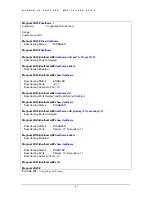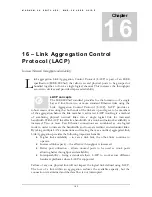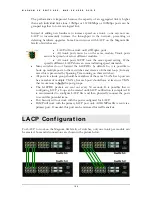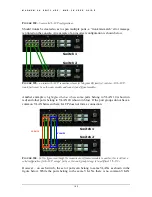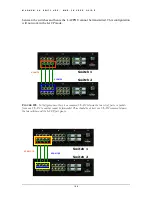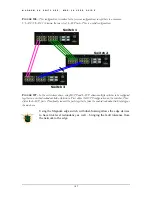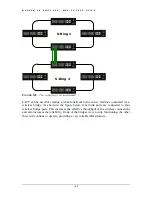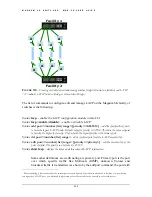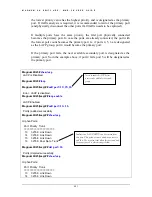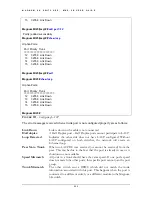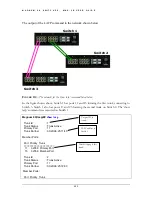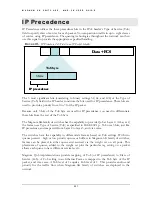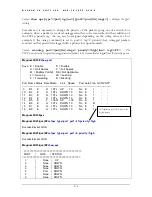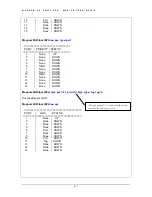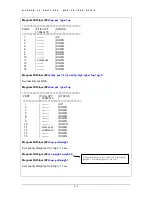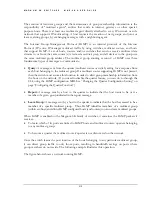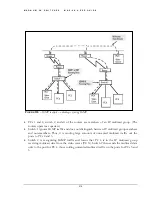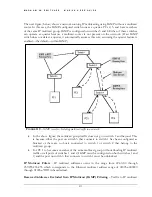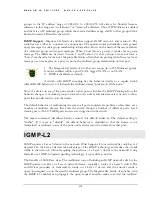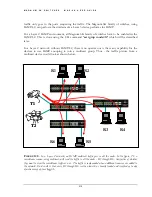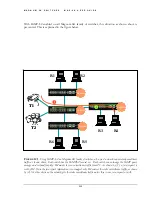
Chapter
17
17 – Quality of Service
Prioritize traffic in a network
uality of Service (QoS) refers to the capability of a network to provide different
priorities to different types of traffic. Not all traffic in the network has the same
priority. Being able to differentiate different types of traffic and allowing this
traffic to accelerate through the network improves the overall performance of
the network and provides the necessary quality of service demanded by different
users and devices. The primary goal of QoS is to provide priority including
dedicated bandwidth.
Q
Q
T
th
oS concepts
he Magnum 6K family of switches supports QoS as specified in
e IEEE 802.1p and IEEE 802.1q standards. QoS is important in
network environments where there are time-critical applications,
such as voice transmission or video conferencing, which can be adversely effected by
packet transfer delays or other latency in a network.
j
Most switches today implement buffers to queue incoming packets as well as
outgoing packets. In a queue mechanism, normally the packet which comes in first
leaves first (FIFO) and all the packets are serviced accordingly. Imagine, if each
packet had a priority assigned to it. If a packet with a higher priority than other
packets were to arrive in a queue, the packet would be given a precedence and
moved to the head of the queue and would go out as soon as possible. The packet is
thus preempted from the queue and this method is called preemptive queuing.
Preemptive queuing makes sense if there are several levels of priorities, normally
more than two. If there are too many levels, then the system has to spend a lot of
time managing the preemptive nature of queuing. IEEE 802.1p defines and uses
eight levels of priorities. The eight levels of priority are enumerated 0 to 7, with 0 the
lowest priority and 7 the highest.
To make the preemptive queuing possible, most switches implement at least two
queue buffers. The Magnum 6K family of switches has two priority queues, 1 (low)
and 0 (high).When tagged packets enter a switch port, the switch responds by placing
205

